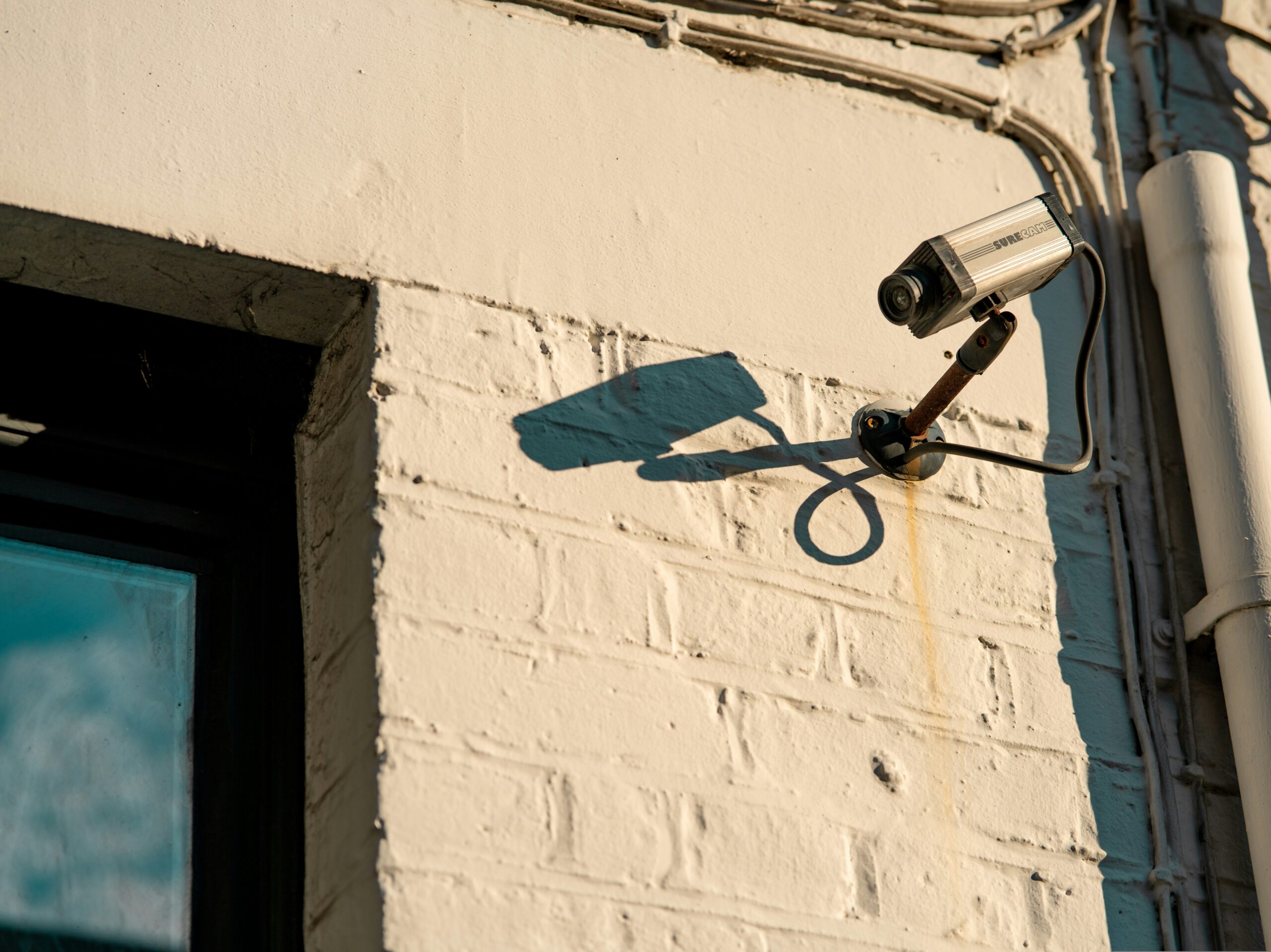Introduction
In today’s competitive business environment, managing operational costs is crucial. One often-overlooked method to achieve this is through the installation of Closed-Circuit Television (CCTV) systems. Beyond enhancing security, these systems can lead to significant reductions in insurance premiums. This article explores how CCTV systems can impact business insurance costs and the factors insurers consider when offering discounts.
The Role of CCTV in Business Security
Crime Deterrence and Prevention
CCTV cameras act as a strong deterrent against theft, vandalism, and unauthorized access. The presence of surveillance often discourages criminal behavior, reducing the risk of property damage or loss—both of which are significant factors in insurance claims.
Incident Documentation
High-quality video footage provides valuable evidence during insurance claims. Whether it’s a break-in, workplace accident, or fraud attempt, recorded video can help verify events and accelerate claim resolutions, reducing the likelihood of disputes.
How CCTV Affects Insurance Premiums
Risk Assessment and Premium Calculation
Insurance companies assess the level of risk when determining premiums. Businesses with comprehensive CCTV coverage are considered lower-risk clients, often qualifying for reduced premiums due to the added layer of security and loss prevention.
Compliance and Liability Reduction
CCTV systems support regulatory compliance and help mitigate liability claims. For example, in case of a slip-and-fall incident, video evidence can confirm or refute claims, reducing potential payout costs for the insurer and, in turn, lowering premium rates for the business.
What Insurers Look For
System Quality and Coverage
To receive insurance benefits, businesses should invest in high-resolution, professionally-installed CCTV systems. Insurers typically look for coverage of key areas, such as entrances, cash registers, storage areas, and parking lots.
Maintenance and Monitoring
A CCTV system must be regularly maintained and monitored to ensure functionality. Insurers may require proof of system upkeep or that footage is stored securely and accessible when needed.
Additional Benefits of Installing CCTV
Improved Employee Productivity
Knowing that activities are being monitored can lead to increased accountability and productivity among employees, which indirectly contributes to a safer and more efficient work environment.
Customer Safety and Trust
A visible CCTV system enhances customer confidence and trust, signaling that their safety is a priority—an intangible benefit that supports brand reputation and customer loyalty.
Conclusion
Installing a CCTV system is more than a security upgrade—it’s a strategic investment that can lead to long-term financial benefits, including reduced insurance premiums. Businesses seeking to improve safety, reduce liability, and lower operational costs should consider surveillance systems as a vital component of their risk management strategy.




